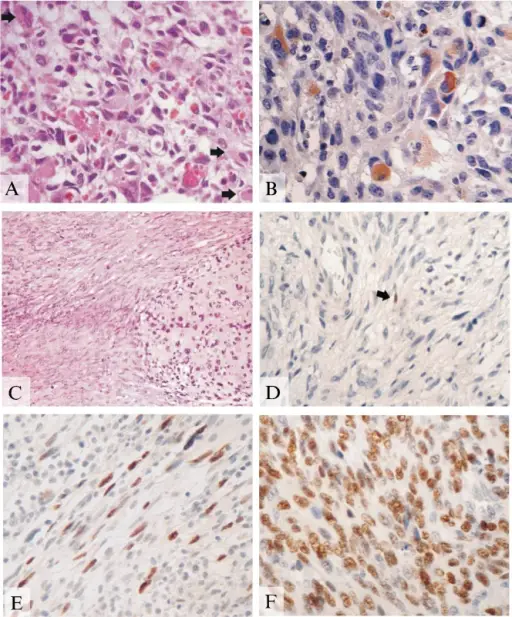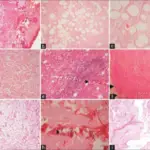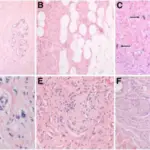Malignant peripheral nerve sheath tumors are cancerous tumors of the nerve sheath.
What is the Pathology of Malignant Peripheral Nerve Sheath Tumors?
The pathology of malignant peripheral nerve sheath tumors is:
-Etiology: The cause of malignant peripheral nerve sheath tumors is not clear but the risk factors are radiation therapy, nerve tumors,
-Genes involved: NA.
-Pathogenesis: The sequence of events that lead to malignant peripheral nerve sheath tumors, is mediated when the cells of the nerve sheath show differentiation and new cells arise either from the existing tumor or from the peripheral nerves.
-Morphology: The morphology associated with malignant peripheral nerve sheath tumors shows mitotically active cells with monomorphic spindle cells, scant cytoplasm, and fine chromatin.
-Histology: the histology associated with malignant peripheral nerve sheath tumors shows marbled appearance, uniform cellularity, and heterogenous differentiation.
How does Malignant Peripheral Nerve Sheath Tumors Present?
Patients with malignant peripheral nerve sheath tumors typically present at the age range of 20-60 years. The symptoms, features, and clinical findings associated with malignant peripheral nerve sheath tumors include pain in the affected area, weakness while moving, growing lump under the tissue.
How is Malignant Peripheral Nerve Sheath Tumor Diagnosed?
Malignant peripheral nerve sheath tumor is diagnosed by neurological examination, imaging tests, biopsy.
How is Malignant Peripheral Nerve Sheath Tumor Treated?
Malignant peripheral nerve sheath tumors are treated by surgery, radiation therapy, chemotherapy, pain medication, rehabilitation.
What is the Prognosis of Malignant Peripheral Sheath Tumors?
The prognosis of malignant peripheral sheath tumors is fair with a survival rate of 64%.



